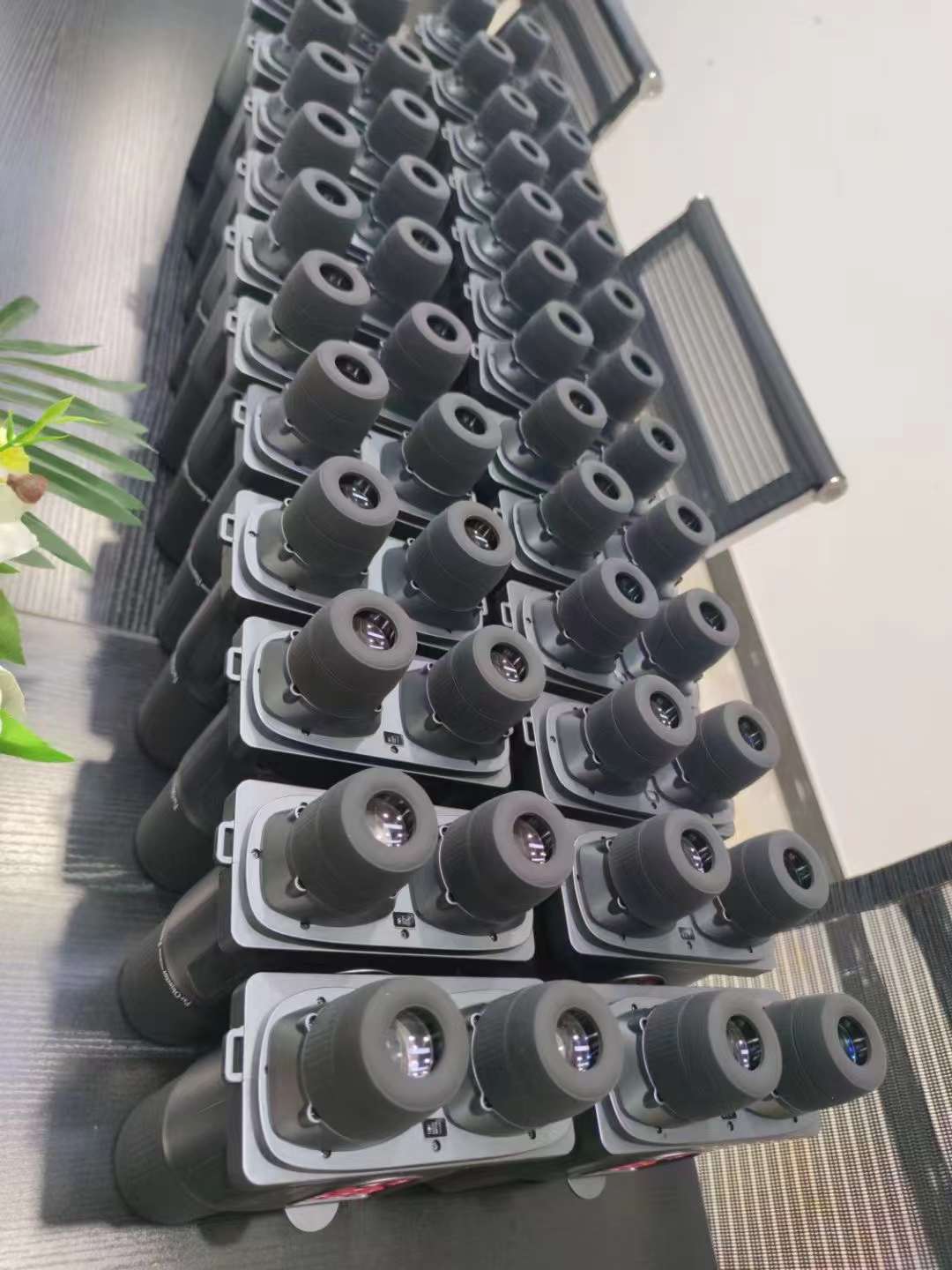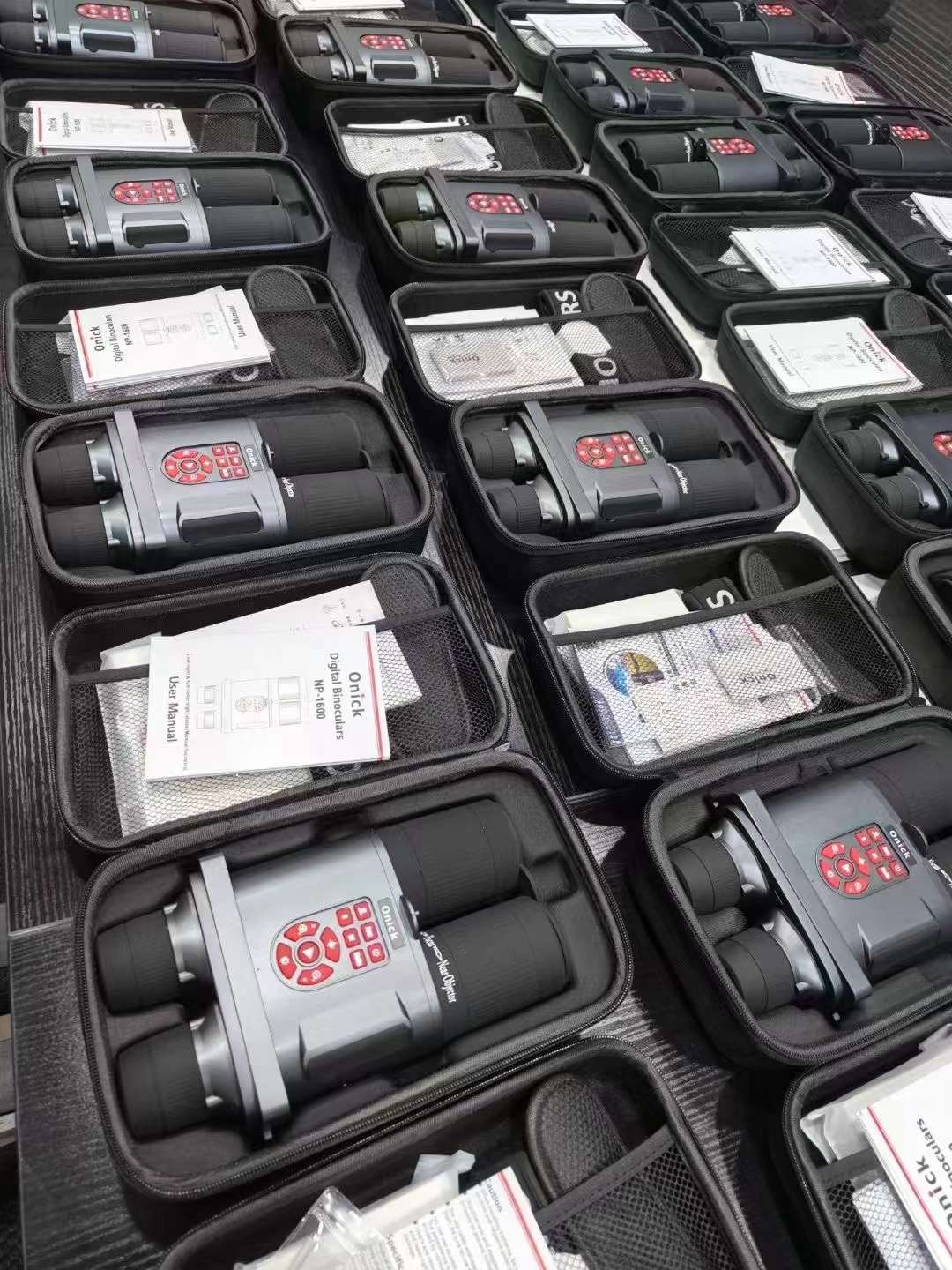As electrons pass through the tube, the atoms in the tube release similar electrons, multiplied by a factor of several thousand. This is done by a microchannel plate (MCP) inside the tube. The MCP is a tiny glass disk with millions of tiny holes (microchannels) inside, made using fiber optic technology. The MCP is in a vacuum, with metal electrodes mounted on both sides of the disk. Each microchannel is about 45 times longer than it is wide, and works like an electronic amplifier.

When electrons from the photocathode hit the first electrode on the MCP, they are accelerated through the glass microchannel by the high voltage of 5,000 volts between the two electrodes. As electrons pass through the microchannel, they cause thousands of electrons in the channel to be released, a process called cascade secondary emission. In simple terms, the original electron hits the side of the microchannel, and then the excited atoms release more electrons. These new electrons also hit other atoms, causing a chain reaction, with the result that only a few electrons enter the microchannel, but thousands of electrons leave the microchannel. An interesting fact is that the microchannels on the MCP have a slight tilt angle (about 5-8°), which is to induce electron collisions and to reduce ion feedback and direct light feedback from the phosphor layer at the output end.

Night vision images are known for their eerie green sheen.
At the end of the image intensifier tube, the electrons hit a screen with a phosphor coating. The electrons maintain their relative positions as they passed through the microchannels, which ensures the integrity of the image because the electrons are arranged in the same way as the original photons. The energy carried by these electrons causes the phosphor to reach an excited state and release photons. These phosphors produce a green image on the screen, which is a major feature of night vision devices. The green phosphor image can be observed through another lens called an eyepiece, which can also be used to magnify the image or adjust the focus. The NVD can be connected to an electronic display device, such as a monitor, or the image can be observed directly through the eyepiece.

